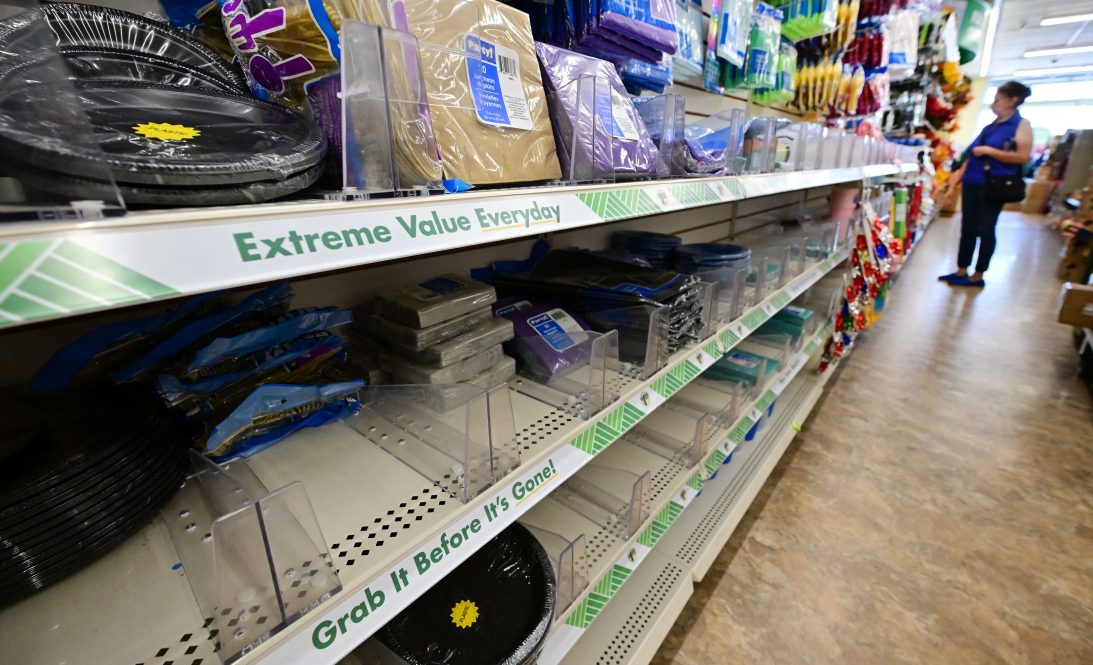Dollar stores are rapidly expanding in the U.S., with more than 1,000 new stores opening every year.
Dollar stores sell low-cost food products that tend to be highly processed and low in nutrition. Their growth is most prominent in rural areas, which already have less access to grocery stores, prompting concerns about their unchecked growth.
Rigoberto Lopez, professor of agricultural and resource economics in the College of Agriculture, Health and Natural Resources, found that when dollar stores enter these areas, independent grocery stores shut down. Lopez and collaborators Keenan Marchesi from the USDA and professor Sandro Steinbach from North Dakota State University published these findings in Applied Economic Perspectives and Policy.
“You have rapid growth of entry of dollar stores and also a fast exit of traditional businesses,” Lopez says.
Lopez found that one out of every 20 independent grocery stores will go out of business within a few years of a dollar store arriving in their area. On average, dollar stores coming into an area corresponds to a 5.7% decrease in sales at independent grocery stores, and a 2.3% increase in the likelihood of independent grocery retailers going out of business.
“If two or three dollar stores come in, over time, this result will be magnified,” Lopez says.
When local grocery stores are pushed out by dollar store chains, it also negatively impacts employment. Dollar stores employ fewer people, often only one person, than independent grocery stores. Lopez found an average 3.7% reduction in employment when dollar stores open in an area.
Traditional grocery stores also provide additional services, like bakeries, deli counters, and even pharmacies, that dollar stores do not.
“When these things disappear, communities are at the mercy of dollar stores,” Lopez says.
Dollar stores are a remarkably profitable model because they can utilize smaller spaces than something like a Walmart and prioritize cost savings from selling lower-quality products and reducing labor costs.
“They multiply like piranhas,” Lopez says.
This model draws in people from low-income households with limited budgets for food and other necessities, confining them to buy whatever low-quality products the dollar stores provide.
Lopez notes that while there is often more anxiety in urban areas over dollar stores entering their communities, dollar stores are not proliferating there in the same way they are in rural areas.
“The impact in urban areas is much milder,” Lopez says. “And it is precisely those communities around the country that are opposing dollar stores, and not so much in the rural areas.”
The expansion of dollar stores comes at a time when national supermarket chains are also contracting.
Given this, Lopez says the next steps for this research is to gain better insight into the larger food retail landscape in the country. Lopez and his collaborators will look at outlets like Costco which have gained popularity and dominance in recent years, and online food shopping which has grown dramatically since the COVID-19 pandemic.
“This was a good case study,” Lopez says. “But what is happening in food retailing is much wider and there are technology and competition megatrends shaping the future of this industry.”
This work relates to CAHNR’s Strategic Vision area focused on Ensuring a Vibrant and Sustainable Agricultural Industry and Food Supply.
Follow UConn CAHNR on social media.



